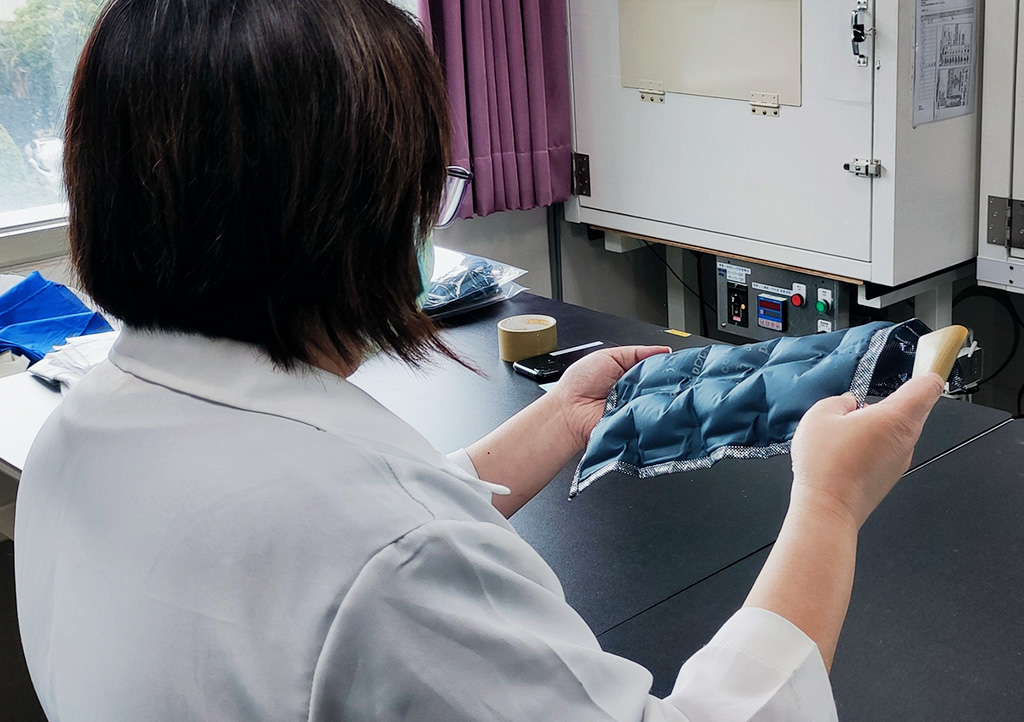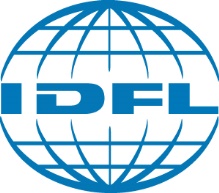Evaluating the Quality of Down and Feather Filled Products
With all of the technology of the modern age and advances in material sciences, natural materials are sometimes still better and more practical than anything else that humans have created. This is true for down and feather-filled products.
The insulation power and the versatility of a product like down make it the perfect natural material. While humans may have come up with materials that may be better at insulating in isolated conditions, naturally acquired down is still the best for bedding and outwear products.
How Is the Quality of Down and Feather-Filled Products Evaluated?

With so many different types of down products being produced every day, it is critical to evaluate the quality of those materials. Manufacturers and consumers want to know they are receiving the highest quality products. Rigorous testing is the best way to ensure that they are receiving great value for their dollars. What is evaluated to determine that?
- Durability
The “Unique General Properties of the Down and Feathers” is one of the most important aspects of down and feather products: it’s potential longevity. What are the factors that affect the durability of down and feather products?
- The resiliency of the down and feather products after compression, washing and cleaning.
- The life span of the feathers and down itself.
- Insulation Strength
“Quality Descriptions for Insulation Value” is another critical feature that showcases the quality of down and feather materials. How is the insulation value determined?
- The “Fill Power” of the product. Fill power is a rating of how much air the down can hold, which determines how well it retains heat.
- TOG (thermal overall grade) ratings, CLO (clothing insulation) and other rating types.
- Cold weather rating systems which describe the material’s insulation value in relation to the outside temperature.
- Care and Cleanliness
“Quality Descriptions for Cleanliness” are needed for the longevity of any product. They describe the maintenance and product care deemed necessary. What kind of descriptions?
- Minimum cleanliness requirements provide the instructions for the maintenance needs of the product.
- Hypo-allergenic and other “extra clean” label information.
- Allergies and other information. There are many myths and false information about down materials that are readily available to the public so it is important to put out proper and accurate details.
- Comparison Information
Not all down materials are created equal. This is why “Quality Comparisons of Content Type” are needed. What kind of comparisons are these?
- Comparisons on how down content percentage affect the fill power of any given product.
- Comparisons of White vs. Dark down. Is there a difference and how much does it affect the end products?
- High fiber and its effects.
- Down Feather Species Specifics
The species that produce the down used in products is a factor that is relevant for manufacturers and consumers alike. “Quality Comparisons of Species” highlights this information.
- Duck down vs. Goose down. The differences in fill power, allergens and other critical factors.
- Comparisons of waterfowl vs. land fowl. What type of difference does it make for the products in which these are used?
- Overall Product Quality
“Effect on Quality of Product Construction” matters because the overall quality of the product is indicative of the quality of the down materials used within. If it is well built, there is a better chance that high-quality down was used for the insulation. What factors are relevant?
- The fabric types used in construction have a direct effect on the overall product quality.
- Fabric weight is crucial, particularly for garments.
- Panel design plays a role in the overall insulation and heat retention of a product.
- Stitching and other construction details will determine the potential longevity of a product and its ability to be maintained over the years.
- Down vs. Non-Down Materials
“Comparing the Quality of Down and Non-Down Materials” showcases the value of down as a material. Knowing how it compares to other products is helpful for everyone, in all areas of the supply chain. What is it compared against?
- Down vs. other natural fills. There are many natural fills to choose from and comparing them to down’s performance factors highlights its potential as fill material.
- Down vs. synthetic materials. How does down compare to synthetic materials that claim to replace down as a fill?
- Myths and falsehoods can be spread by non-down suppliers and it may be necessary to combat those with true and up-to-date information about down materials.

